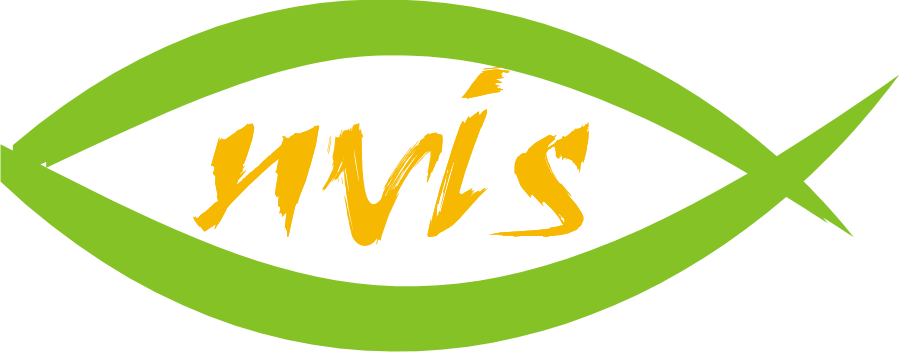The future of technical education lies in practical, hands-on training. For students pursuing technical education, mastering electrical machines is crucial for their professional development. However, conventional learning methods often rely heavily on theoretical knowledge, leaving a gap in practical understanding and application. This is where Nvis Electrical Workstation comes in—an all-in-one Electrical Machine Lab Training System designed to bridge the gap between theory and real-world implementation.

A versatile learning platform for electrical machines
Unlike traditional setups, the Nvis Electrical Workstation serves as a modular motherboard-style platform where students can perform 85+ experiments on a single system. It covers AC & DC machines, transformers, and electrical circuits and its related measurements, making it a jack-of-all-trades in electrical education. Its flexibility allows students to build a strong foundation in electrical machines while advancing their skills in a structured manner. Additionally, this platform allows for customization based on institutional needs, ensuring that educators can adapt the training experience to suit different learning levels and course structures.
Why this training system is a game-changer
- Covers the fundamentals of electrical circuits and machines
Students can conduct experiments on motors, generators, transformers, and power circuits and Electrical Parameter Measurements gaining hands-on experience in:
- Operational characteristics of AC/DC motors
- Transformer efficiency and load testing
- Voltage regulation and speed control techniques
- Power factor improvement and fault analysis
- Load balancing and real-time parameter observation
- Electrical Test & Measurement Methods
- And many other experiments can be customized using this platform
- Customizable for institutional needs
The Nvis 7089AD Electrical Workstation can be tailored based on:
- Batch strength: Scalable for small or large student groups, making it ideal for both individual and group experiments.
- Lab space availability: Its compact yet feature-rich design ensures institutions can maximize their laboratory space effectively.
- Experiment selection: Institutions can customize the system based on curriculum requirements, ensuring relevance across different courses and training programs.
- Future-proof learning scope
This platform is designed for students at all levels. A first-year student can conduct advanced fourth-year experiments, while senior students can revisit basics for stronger conceptual clarity. This adaptability makes it an ideal long-term investment for institutions. Additionally, students are introduced to industry-relevant technologies, making them better prepared for modern workplaces where electrical systems and automation are becoming increasingly sophisticated.
- Seamless integration with digital learning
Equipped with PC interpret facilities and DAQ (Data Acquisition) capabilities, the system allows:
- Remote monitoring of electrical parameters with high accuracy
- Graphical analysis of machine performance, helping students visualize data trends and anomalies
- Wireless connectivity for real-time data tracking, eliminating the need for manual recordings and enhancing efficiency
- Live simulation and remote troubleshooting, enabling students to work with digital diagnostics and predictive maintenanceBy integrating these digital tools, students gain insights into modern industrial practices, making them job-ready for a technology-driven workforce. They also learn how to analyze data patterns, improving their problem-solving and analytical skills, which are highly valued by employers.
Real-world applications and career advantages
Students trained on the Nvis Electrical Workstation platform will develop essential electrical engineering skills applicable across multiple industries, including:
- Power generation and distribution
- Manufacturing and industrial automation
- Renewable energy systems and smart grids
- Maintenance and fault diagnosis in electrical systems
- Research and development in electrical technologies
By familiarizing themselves with real-world electrical systems, students enhance their employability and gain a competitive edge in the job market.
Elevate your institution’s electrical training
With Nvis 7089AD Electrical Workstation, institutions can upgrade their electrical engineering labs with a future-ready, customizable training system that meets modern industry standards. Whether for technical skill-building, research, or industry collaboration, this platform provides a versatile and comprehensive solution for electrical education.
Ready to transform your training approach? Contact us today to learn how the Nvis Electrical Workstation can revolutionize technical education in your institution!
Tags: AC & DC machines training, Customizable electrical workbench, DAQ-based electrical training system, Electrical lab equipment for ITIs and polytechnics, Electrical machines practical learning, Electrical workbench, Electrical workbench training, Future-ready electrical engineering training, Hands-on electrical engineering training, Modular electrical training system, technical education lab solutions

























